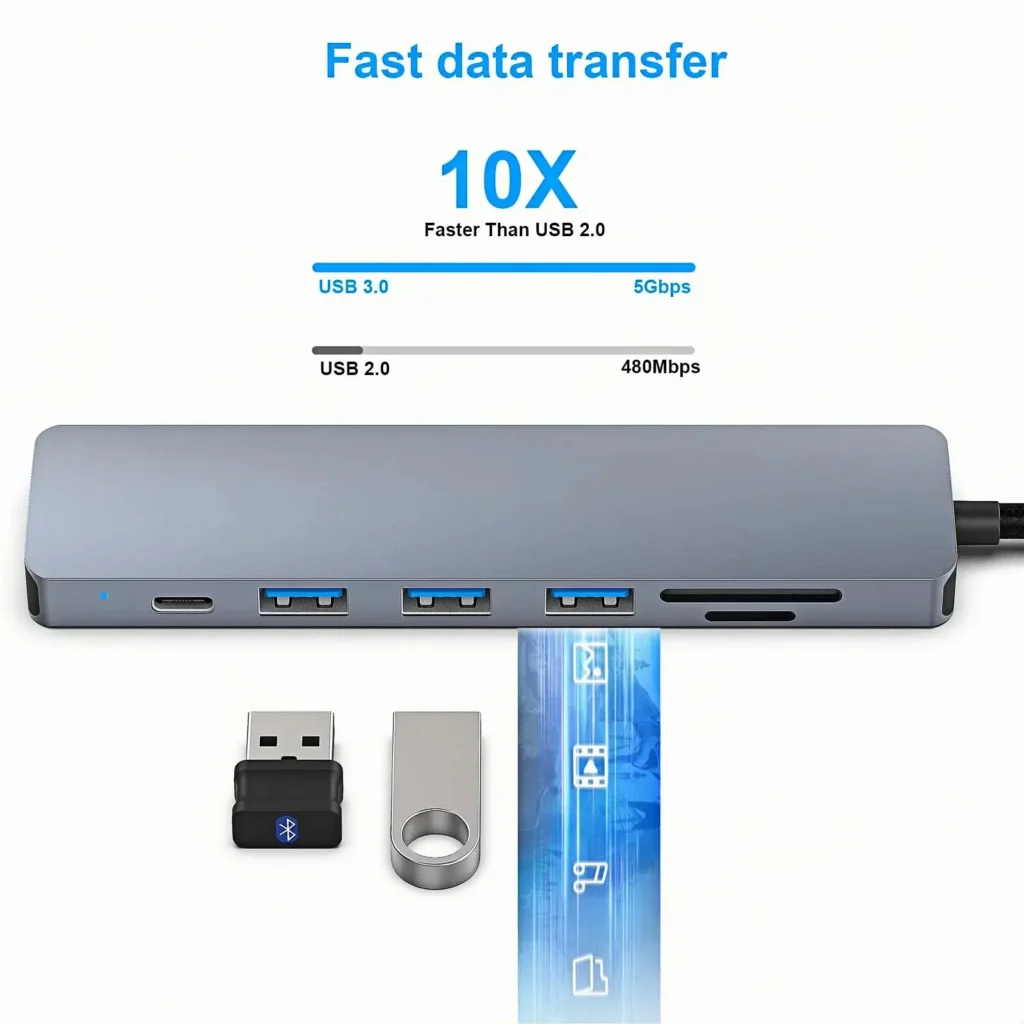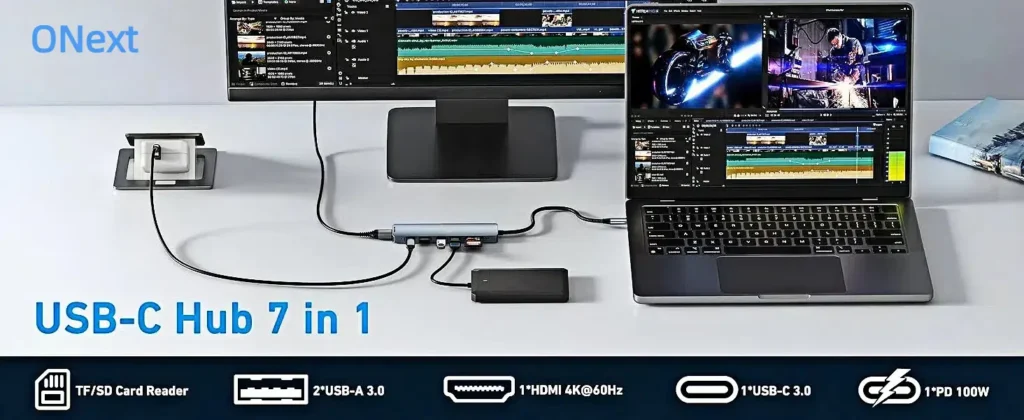Ever tried connecting more than one device to a single USB port and wondered if you need a USB splitter or a USB hub? It’s a common scenario: your laptop only has a couple of USB ports, but you need to connect a mouse, keyboard, flash drive, and maybe even a gaming controller. You start shopping online and see terms like “splitters” and “hubs” everywhere, leaving you more confused than before. Well, don’t worry — we’re here to break it all down, so you’ll know exactly which one you need and why.
Spoiler alert: they’re not the same thing, and the differences matter!
Table of contents
Let’s Define Them: USB Splitter vs. USB Hub
What Is a USB Splitter?
Think of a USB splitter as a simple cable adapter. It takes one USB port and duplicates it into two. But here’s the catch — splitters don’t create additional data channels or power supplies. Instead, the devices you connect have to share the same bandwidth and power as the original single port.
In simple terms, if you plug two devices into a USB splitter, they both “borrow” from the same limited resource pool. As a result, splitters are typically not ideal for high-power or high-speed tasks, like transferring large files or charging multiple devices.
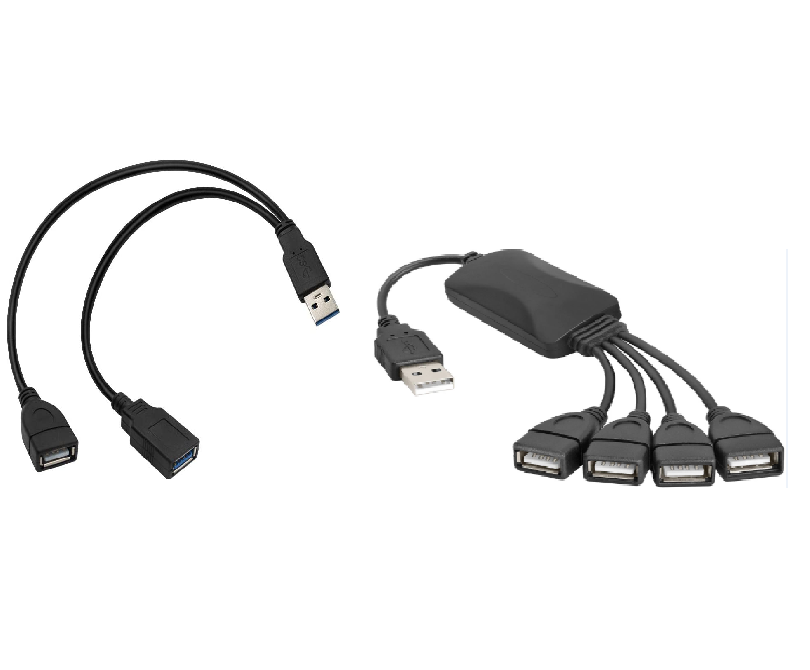
What Is a USB Hub?
A USB hub, on the other hand, is much more sophisticated. It acts as a central station where multiple devices can connect. Unlike splitters, many USB hubs are powered, meaning they have their own energy source. This additional power makes hubs better for handling multiple devices — especially if they require high-speed data transfer or more electricity. Some hubs even use advanced technology, like USB 3.0 or USB 3.1, which provide significantly faster speeds.
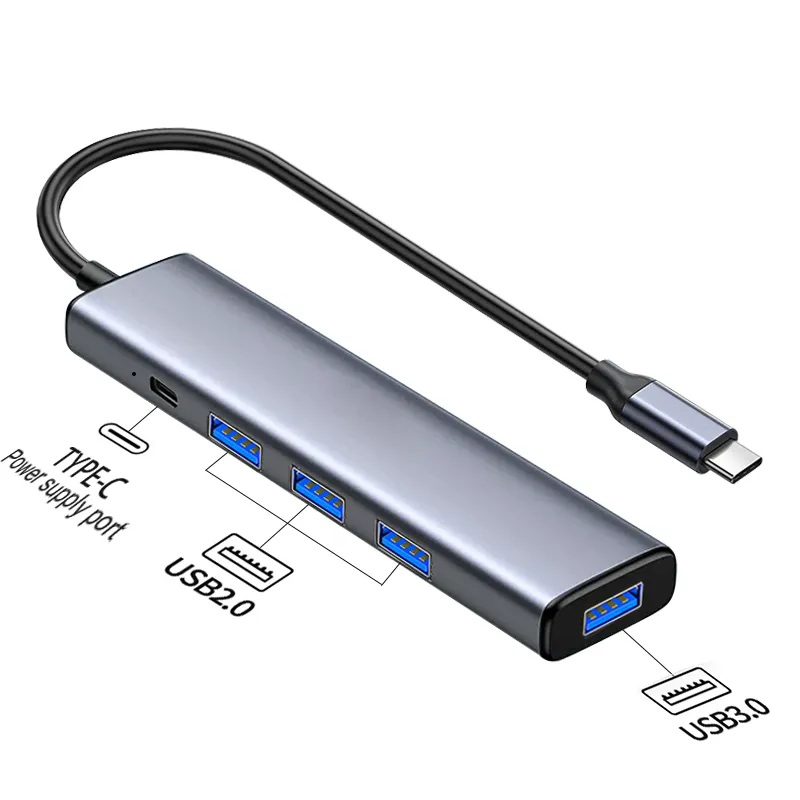
Key Differences Between USB Splitters and USB Hubs
| Feature | USB Splitter | USB Hub |
|---|---|---|
| Power Source | Relies on the USB port’s power | Can be powered or non-powered |
| Data Transfer Speed | Bandwidth shared among all connected devices | Each device can access its own bandwidth (especially powered hubs) |
| Number of Ports | Usually limited to 2 | Can have multiple ports (often 4 or more) |
| Use Case | Simple setups, like connecting a mouse and keyboard | Complex setups, like external drives, monitors, and phones |
| Performance Impact | Higher chance of slowdowns and power issues | Minimal impact, especially with powered hubs |
How to Decide Between a Splitter and a Hub?
When to Use a USB Splitter
A USB splitter might be the right choice if:
- You only need to connect low-power devices like a mouse and keyboard.
- You’re on a tight budget and don’t mind occasional performance limitations.
- You’re not concerned about charging speeds or file transfer rates.
When to Use a USB Hub
Choose a USB hub if:
- You’re connecting multiple high-power devices, such as an external SSD, gaming peripherals, or a 4K webcam.
- You want faster data transfer speeds, particularly if your devices support USB 3.0 or 3.1.
- You need to charge devices at maximum efficiency. Powered hubs, for example, can supply energy to your smartphone and tablet simultaneously.
- You value future-proofing — with additional ports, a hub is ready to handle whatever devices come next.
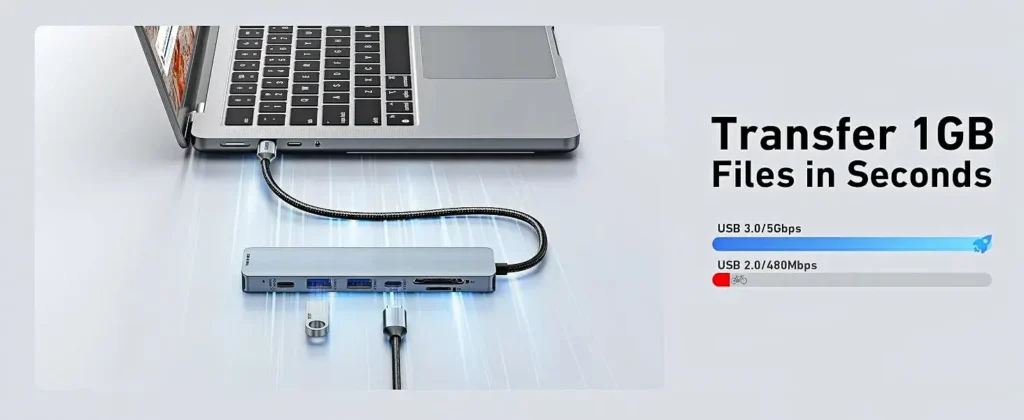
Why Bandwidth and Power Matter
When choosing between a USB splitter and a hub, the two biggest factors to consider are bandwidth and power distribution.
Bandwidth:
Every USB port on your computer comes with a limited bandwidth. For example, USB 2.0 ports provide up to 480 Mbps, while USB 3.0 ports support speeds of up to 5 Gbps. When you use a splitter, both connected devices must share that bandwidth. This means if you’re copying files and streaming video simultaneously, both activities could slow down.
Hubs, especially USB 3.0 and powered hubs, can better manage bandwidth because they act as an intermediary device, distributing data to each connected port.
Power Distribution:
USB splitters rely entirely on the computer’s power supply. This becomes a problem when connecting multiple energy-hungry devices — for example, charging two phones or running an external drive and a webcam. A powered hub, however, has its own energy source, ensuring that each device gets enough juice without compromising functionality.
Common Misunderstandings: Let’s Clear Them Up
- Myth: A USB splitter and a USB hub are the same thing.
Truth: A splitter duplicates the connection, while a hub expands it with better resource management. - Myth: All USB hubs slow down your devices.
Truth: High-quality hubs, especially powered ones, maintain strong speeds and performance. - Myth: USB hubs are only for professionals.
Truth: Even casual users benefit from the added convenience of a hub, especially if their laptop or PC has limited USB ports.
Tips for Choosing the Right USB Accessory
- Know Your USB Version: Match your devices and hub with the appropriate USB standard (e.g., USB 3.0 for faster speeds).
- Consider Your Needs: If you only use basic devices, a splitter might be enough. For more demanding setups, go with a hub.
- Check for Power Needs: When using multiple high-power devices, always choose a powered USB hub.
- Think Long-Term: Investing in a good-quality hub ensures compatibility with future tech.
Which One Should You Choose?
So, what’s the bottom line? A USB splitter is great for casual, low-power use cases — like plugging in a mouse and keyboard. It’s simple, cheap, and gets the job done in a pinch.
But if you’re dealing with multiple high-powered or data-intensive devices, a USB hub is the clear winner. Hubs, particularly those with USB 3.0 or higher, offer better speed, reliability, and functionality. Plus, with the option for additional power, they make juggling devices a breeze.
ONext USB hubs
Are you using a USB splitter or a USB hub? Which one has worked best for your setup? We’d love to hear about your experience in the comments below! If you’re looking for a reliable solution to expand your USB connectivity, ONext has you covered.
Our range of high-performance USB hubs is designed to meet both casual and professional needs. Whether you need more ports for your gaming peripherals, faster data transfer for external drives, or a powered option to charge multiple devices, ONext USB hubs deliver exceptional quality and speed. Check out our full lineup on ONext’s website and upgrade your setup today!
Let us know your thoughts, and don’t forget to share this article with anyone who might need some extra USB connectivity in their life! 😊
Explore ONext Products
4 Port USB Hub USB 3.0 Splitter USB Expander for Laptop, Xbox, Flash Drive, HDD, Console, Printer, Camera,Keyborad, Mouse
7 Port Usb Hub 10GB High Speed Transfer Multiport Adapter with USB C for MacBook Pro Air and More Devices
ONext Retractable usb c Car Charger 69W Super Fast Charge Car Charger with 2 Longer Retractable Cords, Type C Car Charger, Fit for iPhone , Galaxy
ONext USB C car charger 67W 2 port compact Phone Charger Car Adapter Charger, suitable for iPhone , Galaxy S, MacBook Pro, iPad Air etc. (including USB-C to C cable)
Phone Mount for Car Phone Holder Cell Phone Holder Hands Free Phone Stand for Car Vent Phone Mount Fit iPhone Android Smartphone Universal
Magnetic Wireless Chargers Station, 3 in 1 Wireless Charger Fast Max Charging for iPhone 16 15 14 13 12 Pro Max Plus, Wireless Charging Stand for Apple Watch Series & Air pods 3 2 Pro, Gifts for Men
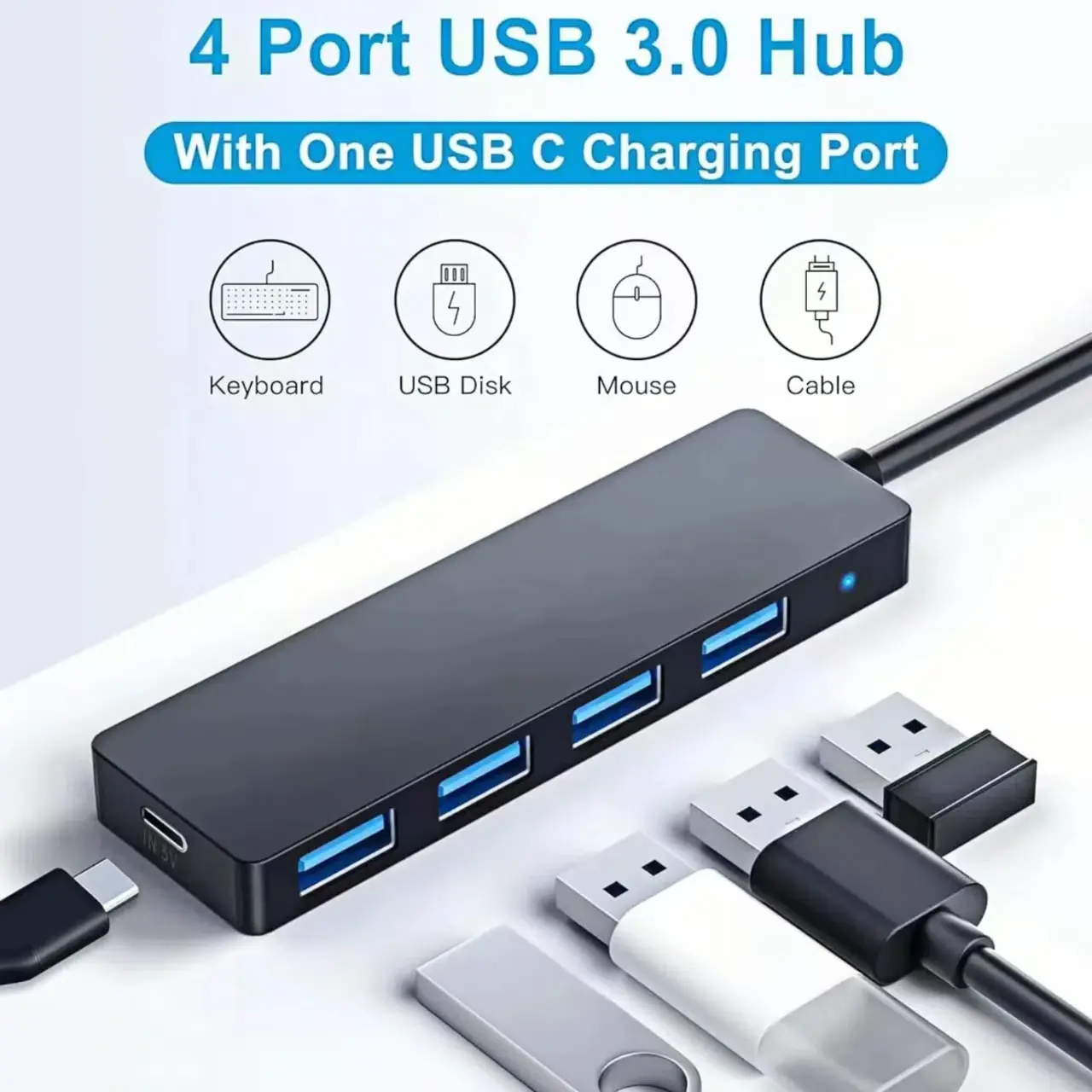
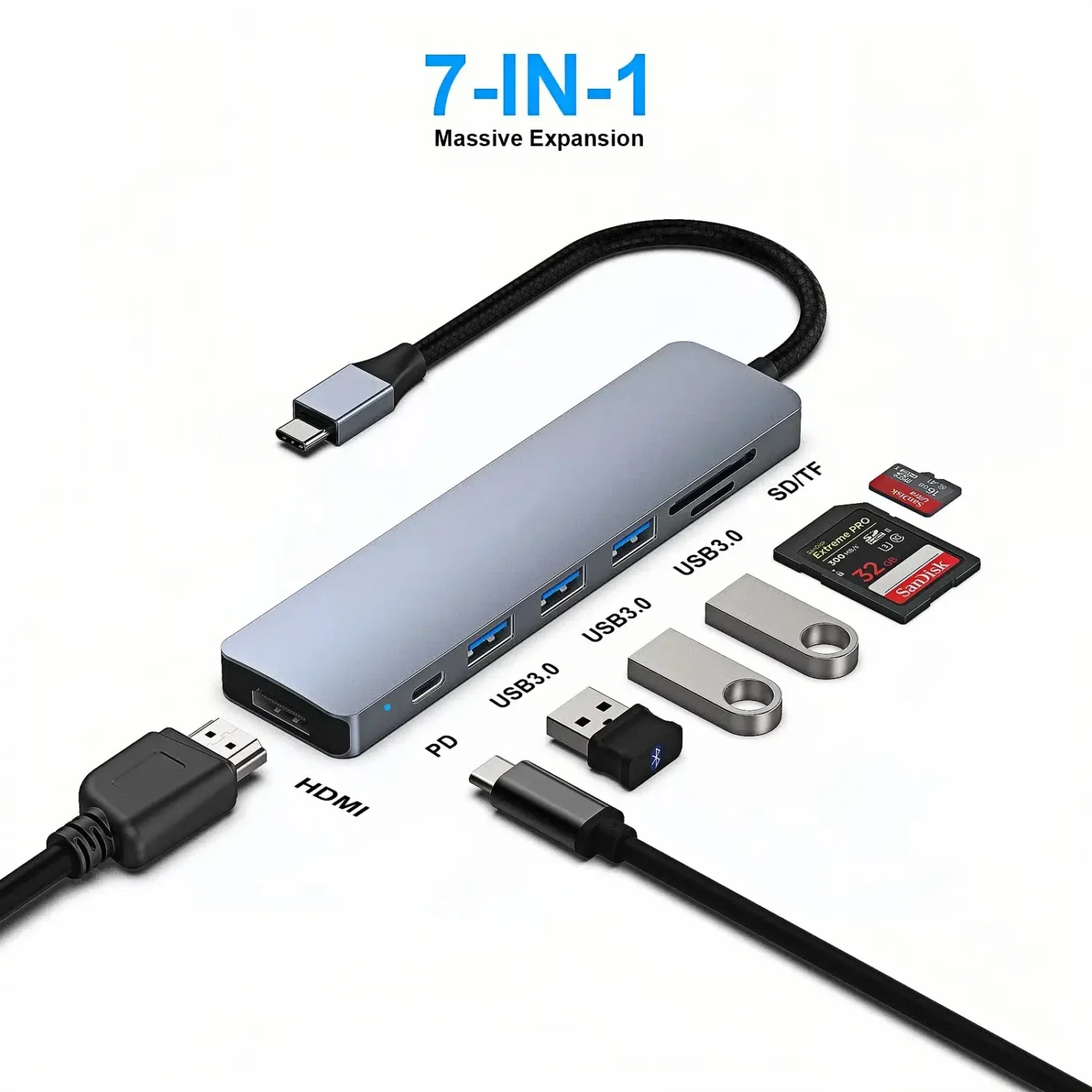
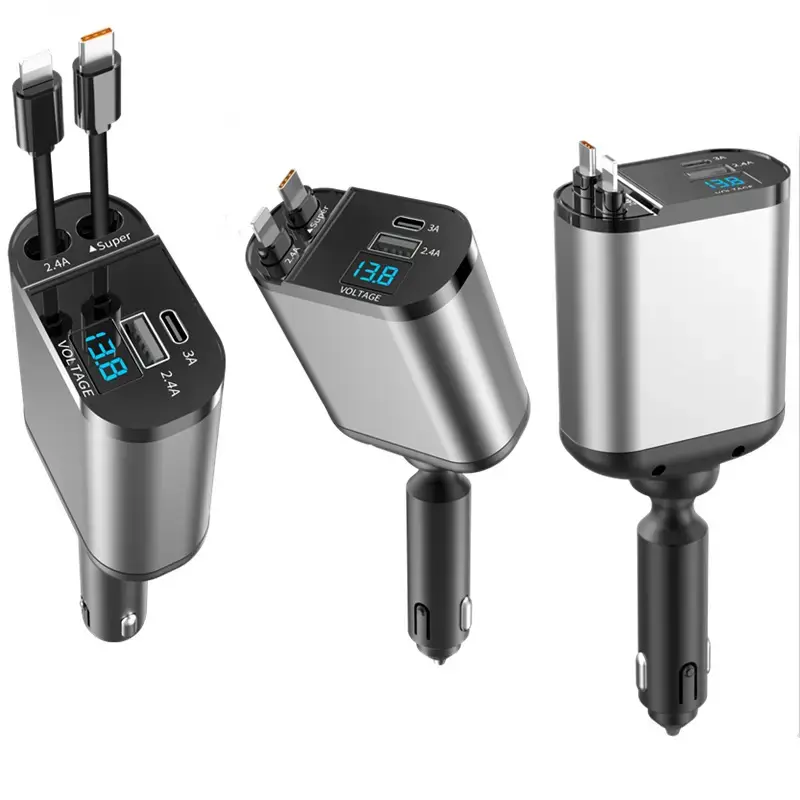
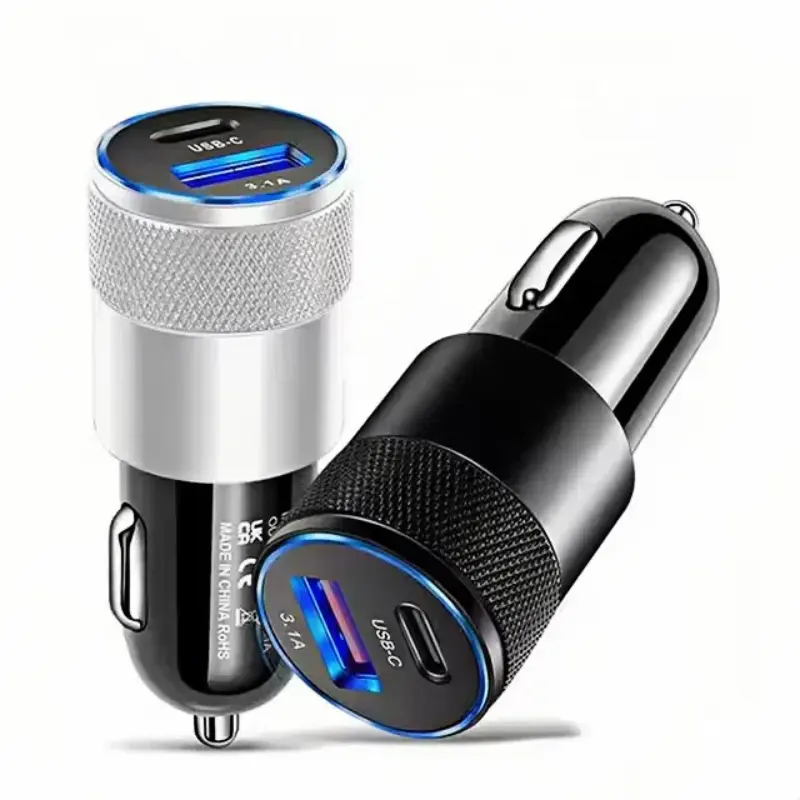
.webp)
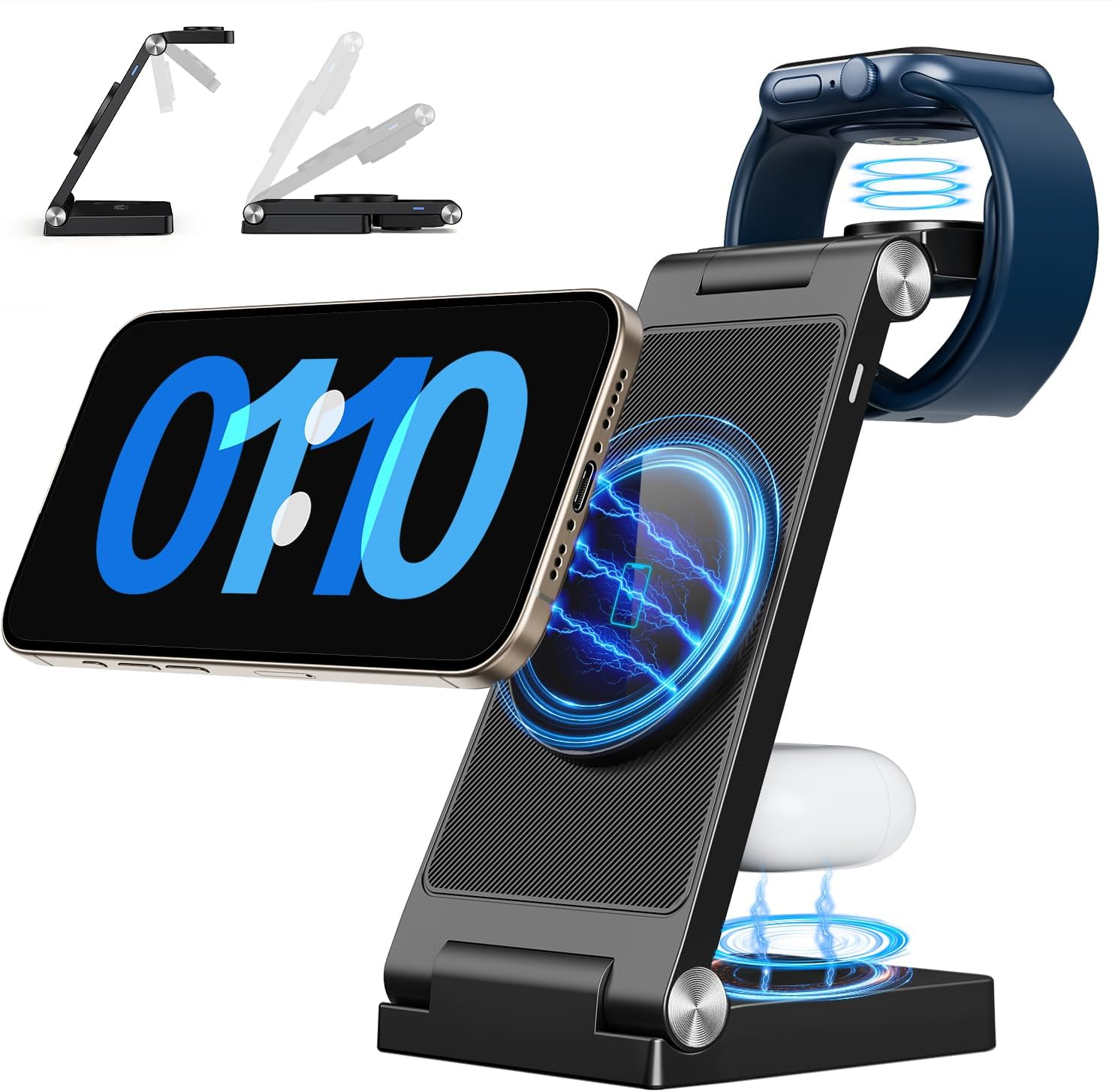
-1024x1024.webp)
